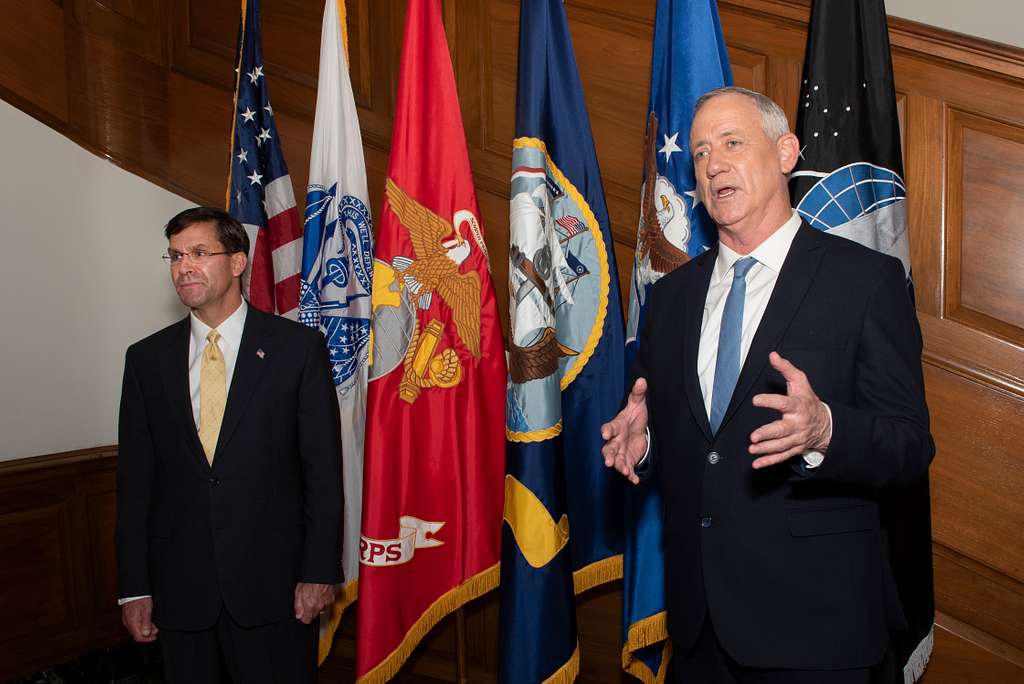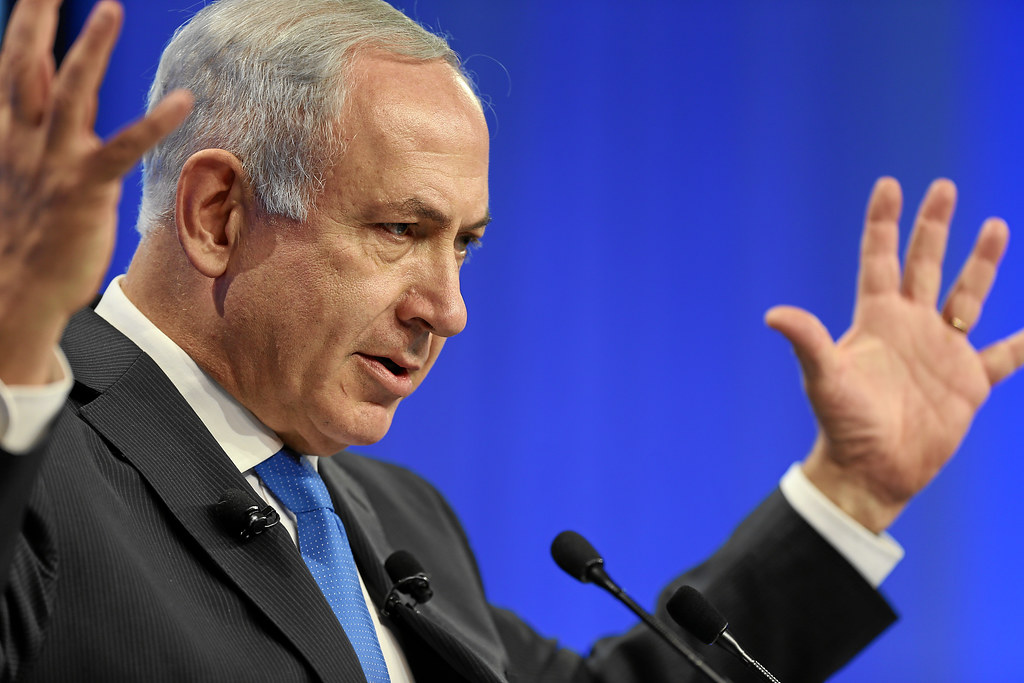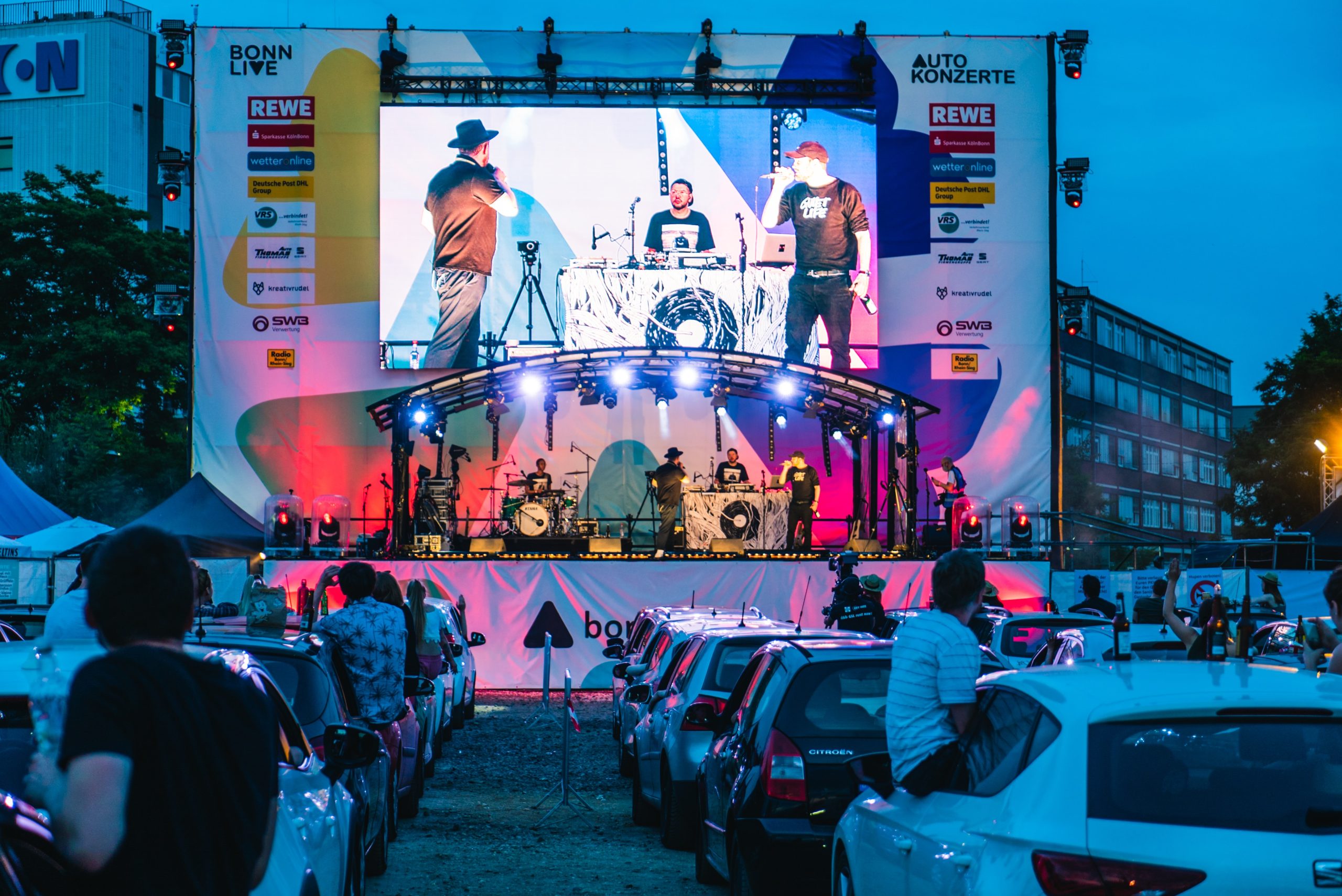Jay Farrar, one of the best American songwriters, describes the exurban life in his rock band, Son Volt’s aptly named song, “Exurbia”:
Exurbia, someone’s nightmare dream…
No people walking
No people conversing
Just work, car, interstate then house.
The nightmare dream has invaded national politics, transforming conventional notions of the American dream—not to mention Martin Luther King’s egalitarian dream—into a cruel taunt. Exurbia is one of American geography’s most important but least studied precincts. Consisting of the fringe towns outside the inner ring of metro areas, their distance and density separate them from the more familiar suburbs. Exurban villages are not only further from the nearest city; they have fewer people. Defying categories, the exurbs aren’t precisely rural. The former home of trailer parks and farmhouses, they are planned communities, disconnected from the urban center but bearing a resemblance to suburbs. Exurbia is the land of the corporate chain strip mall, subdivision, and megachurch. Good examples of the latter are Floodgate in Brighton, Michigan, which the Atlantic profiled as a theological “stop the steal” central headquarters, and Dream City church in Arizona, where Charlie Kirk of Turning Point USA regularly hosts “Freedom Night.”
Cheap land made exurbia attractive to prosperity gospel ministers whose idea for a house of prayer resembles a basketball arena. Still, studies show that the megachurch, whether of the “cash is king” or fire-and-brimstone conspiracy theory variety, acts as a magnet, attracting like-minded worshipers to the small towns beyond the suburbs. The megachurch, often functioning as a citadel of hate against LGBTQ people and feminists, is not only often the largest building in town. It is often the main source of recreation. Exurbs have low property taxes, little public green space or communal activity, quiet local governments, and often fewer places for human interaction than traditional suburbs, let alone cities. Adding to the “nightmare dream” is developers’ tendency to exclude sidewalks from the neighborhood. Sidewalks encourage walking and conversing while also sending a signal of hospitality. Exurbia is all about isolation.
It not only creates and breeds physical isolation. It also engineers epistemic isolation. The only thing more challenging to find in exurbia than public transportation is local media. Provincial newspapers, radio stations, or community access television broadcasts rarely, if ever, exist. The empty media landscape allows for the surreal scenario of Tucker Carlson, Joe Rogan, or Alex Jones acting as the equivalent of the local news anchor–informing the audience of how, beyond their peaceful streets of seclusion, undocumented immigrants, transgender softball players, and single women with college degrees are plotting an anarchist revolution.
I wrote my book, Exurbia Now: The Battleground of American Democracy, after learning that Donald Trump’s highest levels of support are in the exurbs. His most obsequious and dangerous supporters in Congress—public nuisances like Marjorie Taylor Greene, Jim Jordan, and Lauren Boebert—represent heavily exurban districts. Putting the lie to Republican and mainstream media folklore that Trump’s authoritarian populism is merely misguided protest from low-wage, blue-collar workers, The Wall Street Journal reports that the median income in exurbia is significantly higher than the overall median for the United States.
None of the findings surprised me because I live near the exurbs of Northwest Indiana and regularly spend time in these distinctly American towns. Moving into the 2024 election, they began to resemble photographs from distant dictatorships. Instead of gigantic murals of Chairman Mao or Saddam Hussein decorating every corner, there were oversized flags, posters, and signs showcasing the mug of Donald Trump. Many banners featured the “fight” pose that Trump struck after surviving an assassination attempt. Needless to say, Indiana was not aberrant.
Many people are moving to exurbia because they are priced out of the cities and the closest suburbs. As the development of suburbia itself demonstrated, there is also an understandable desire for young people to move to quieter surroundings when they begin to have families. It isn’t as if the region is monolithic or cannot change. In my book, I even interview admirable activists in exurbs fighting for causes ranging from conversation and sustainable energy to racial justice. All recent indicators, unfortunately, show that exurbia remains a right-wing stronghold.
By some black magic miracle, Trump improved his electoral standing in almost all of America. More predictably, he ran up his score in the exurbs of battleground states like Georgia, North Carolina, and Pennsylvania.
Understanding the voters of exurbia is crucial to getting a grasp on Trump’s political success and his Elon Musk-led wrecking crew agenda of government sabotage and DEI demolition.
Exurbia was borne of white flight. As the suburbs became more diverse, inhospitable, or outright hostile, residents moved further from urban centers, creating a demand for new housing developments and expansion of the corporate chain economy. Property taxes were low because new infrastructure is cheaper to maintain than rusty pipes and battered bridges. Multiple studies show that the leading indicator for MAGA enlistment, whether on the extreme level of participating in the January 6 insurrection or merely voting for a congressperson like Greene or Boebert, is residency in a county with increasing diversity, especially one where the Black-white income gap is shrinking. Combined with megachurch Christian Nationalism, fear and hostility toward multiculturalism operate as the engine of the Trump movement.
Trump made surprising gains with Latino and young voters, mainly with the men in each category. But his base remains the middle to upper-middle class of white tradesmen and small business owners who look at what America has become since the triumphs of the civil rights, feminist, and gay rights movements with suspicion or contempt. Exurbia will eventually diversify, but for now, it offers the promise of escape—escape from racial minorities, escape from secular values, and escape from the mechanisms of democracy that allowed for the entrance of racial minorities and secular values into the cultural mainstream.
It is a political version of the “flight or fight” instinct, and it is now boosted by an increasingly rabid Trump in power. In his 2000 classic Bowling Alone, political scientist Robert Putnam states that social isolation often fuels political extremism. Many exurbanites believe the federal government is an irredeemably corrupt payout scheme and a slush fund for Blacks on the dole, reckless single mothers, and schools that want to turn their kids gay or transgender.
As a consequence, they cheer as Trump and Musk try to dismantle critical governmental agencies, eliminate programs aiming to achieve racial equality and do their best to erase transgender people from public existence.
The exurban dream is one where the entire country resembles the exurban town. Because such a transformation is impossible by organic means, the Trump voters of exurbia delight in a political program that operates according to paranoia and self-imposed isolation. It isn’t novel in American history, but rather an update of the mentality that historian Richard Hofstadter explained in his 1964 book, The Paranoid Style in American Politics. The exurban reactionary’s antecedents are the Know-Nothing Nativists, the John Birch Society, and Anita Bryant’s “Save Our Children.”
The current iteration is much more dangerous because those who represent and advocate for the exurban mindset have unprecedented media influence and political power.
Farrar also refers to exurbia as “someone’s psychedelic scream.” It’s time to cover our ears.















